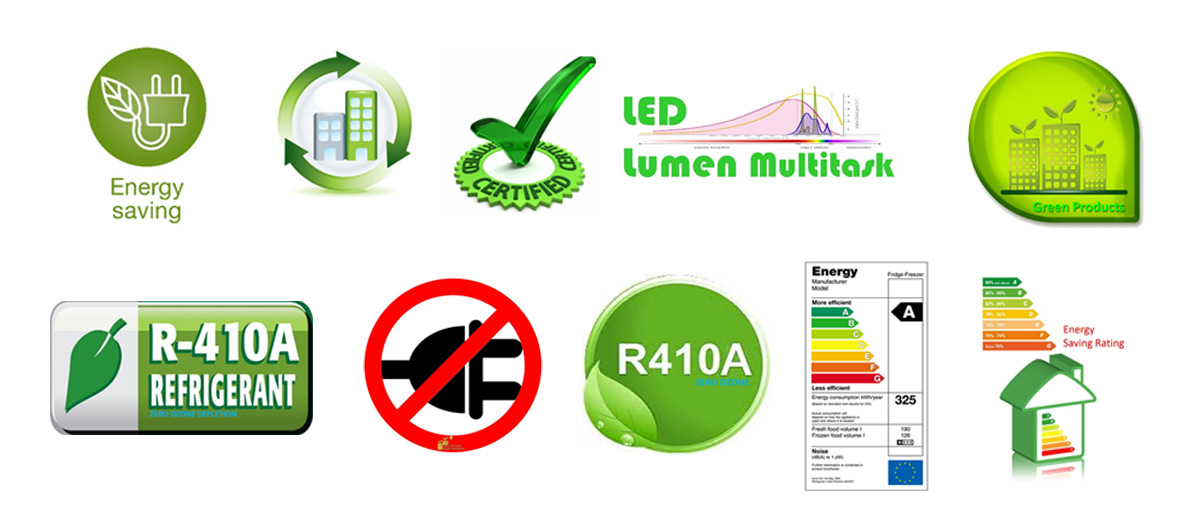Our Quality Approval
Korea, Republic of (KATS)
The Korean Agency for Technology and Standards (KATS) is a government agency which has been leading national and international standards in the Republic of Korea since it was founded in 1883 as Analysis and Testing Laboratory of the Mint Office. After several changes and developments over the last several decades, KATS was reformed under Ministry of Knowledge Economy. KATS is an active member of ISO, IEC and PASC.
KATS contributes to international standardization with the following objectives:
- - To provide technological infrastructure to support Korean enterprises to be recognized internationally by evaluation and certification of technology and quality.
- - To enforce product safety.
- - To improve quality of life through standardization.
To achieve the above objectives, KATS undertakes
- - To harmonize Korean Industrial Standards (KS) with international standards.
- - To manage the national legal metrology system.
- - To accredit testing.
- - To conduct research for standardization, and
- - To endorse international mutual recognition agreements in the fields of standardization and conformity assessment and legal metrology.
China (SAC)
With the development through China's reforms and opening up, in April of 2001, the State Council of China decided to set up the General Administration of Quality Supervision, Inspection & Quarantine of the People's Republic of China (AQSIQ), by merging the former CSBTS and the former State Bureau of Import & Export Inspection and Quarantine (CIQ SA) and, at the same time, to establish the Standardization Administration of the People's Republic of China (SAC) and Certification and Accreditation Administration of the People's Republic of China (CNCA) under AQSIQ.
The functions of the SAC authorized by the State Council are to exercise administrative responsibilities by undertaking unified management, supervision and overall coordination of standardization work in China. The SAC represents China within the International Organization for Standardization (ISO), the International Electro technical Commission (IEC) and other international and regional standardization organizations; the SAC is responsible for organizing the activities of the Chinese National Committee for ISO and IEC; the SAC approves and organizes the implementation of international cooperation and the exchange of projects on standardization.
3. M C standards are developed through a multi-stakeholder process
The technical committees are made up of experts from the relevant industry, but also from consumer associations, academia, NGOs and government. Read more about who develops M C standards.
4. M C standards are based on a consensus
Developing M C standards is a consensus-based approach and comments from all stakeholders are taken into account. We are a network of national standards bodies. Our members are the foremost standards organizations in their countries and there is member . Each member represents M C in its country.
There are three member categories. Each enjoys a different level of access and influence over the M C system. This helps us to be inclusive while also recognizing the different needs and capacity of each national standards body.
Full members (or member bodies) influence M C standards development and strategy by participating and voting in M C technical and policy meetings. Full members sell and adopt M C International Standards nationally.
Correspondent members observe the development of M C standards and strategy by attending M C technical and policy meetings as observers. Correspondent members can sell and adopt M C International Standards nationally.
Subscriber members keep up to date on M C's work but cannot participate in it. They do not sell or adopt M C International Standards nationally.We have also OEM manufacture selected country's.
Basic Quality Elements
All quality control and inspection systems have simple, basic elements in common:
Organization - setting and assigning specific authority and responsibility for each phase of the system;
Quality Planning - writing work instructions with realistic "defect prevention" rules, looking at manufacturing processes for possible quality trouble spots, setting acceptance/rejection standards, controlling accepted/rejected products, and setting up a means of using suppliers' and customers' failure information to improve product quality;
Product Specification Control - making sure everyone always has the latest technical data for properly producing, inspecting, and shipping the product;
Supplier Product Quality Control - watching purchases to make sure that the people you buy from know and observe your quality requirements as well as technical specifications;
Measurement and Test Equipment Control - setting up a system to insure that such equipment is properly and regularly calibrated to established standards;
Nonconforming Material Control - spotting defects as early in production as possible and keeping faulty items from reaching customers;
Records and Reports - setting up a system that tracks all steps of the production, inspection, and shipping cycle to identity existing and potential problem areas.
The following sample manual incorporates these basics. It may be adapted to fit your needs. It is recommended that each section of a manual you work up be on a loose-leaf sheet for easy reference and revision. Remember, the best manual in the world won't do any good unless every employee - not just those in Quality Assurance - is convinced that producing quality products is of prime importance.

